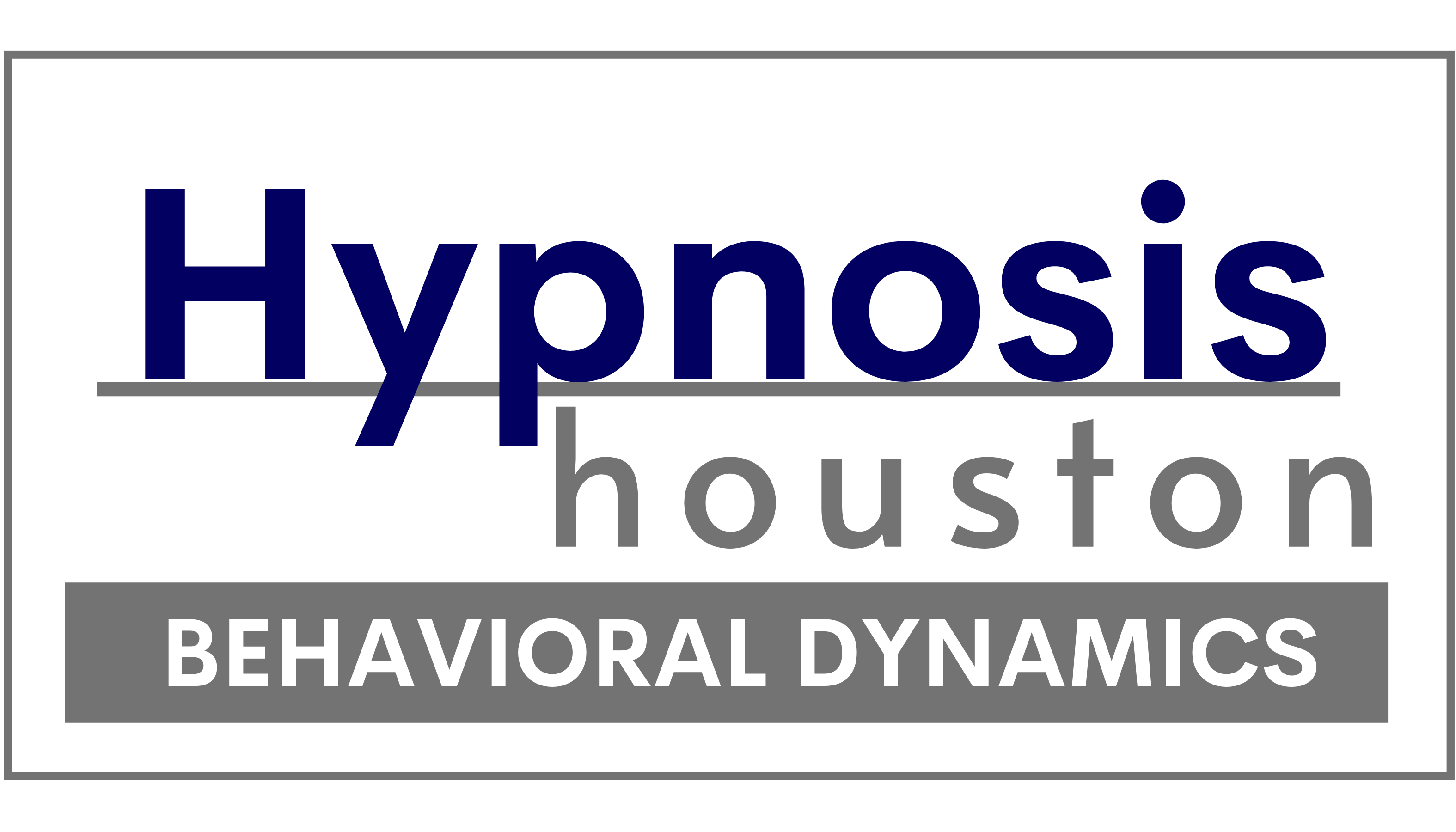How Hypnosis Is Done
Hypnosis is a technique used by hypnotherapists and psychotherapists to bring clients into a state of heightened consciousness. In the hypnotic state, people are more open to suggestions, hence hypnosis may be used to bring about behavioral changes or alter perceptions. Hypnotherapy is a form of therapy that uses hypnosis, the technique, to achieve results.
Almost everyone can be hypnotized. Some people are initially more talented hypnotic subjects than others, although with conditioning most anyone can benefit from the state. The first step before hypnotherapy involves evaluating if the subject is a good candidate. It is during this stage that the hypnotherapist involved develops a bond with the subject. Establishing trust is crucial for the person to become comfortable enough with the procedure.
If the subject is ready for hypnosis, the therapist will orient them of what to expect during the process. Normally, the patient will be fully awake and responsive during hypnosis. They will be in full control of the responses they give. The therapist cannot force the patient to do anything they don’t want to. Once the patient agrees to this, the therapist begins the procedure by inducing hypnosis.
There are many ways to induce hypnosis, among which is the popular eye-fixation technique. This technique involves the subject focusing on an item until their eyelids become heavy and slowly close, lulling them into a state of relaxation. Another method is the progressive relaxation technique, wherein the patient is told to focus on their breathing and relax their entire body. Yet another is the four-step induction, which starts with the patient closing their eyes. The therapist then asks them to imagine that they cannot open their eyes no matter how hard they try. Then, the patient is asked to relax their eyes and their whole body. All these methods attempt to bring the patient into a deeply relaxed state in preparation for the next step, the deepening of the hypnotic state.
When the trance state is deepened, it leads to heightened feelings of attention concurrent with increased feelings of relaxation. Hypnosis may be deepened using a variety of techniques, such as periods of silence, imagery, counting, and visual representation. In this state, the patient’s mind tends to be more receptive to ideas.
Perhaps the most important step in hypnosis is the posthypnotic suggestions made while the patient is in a trance. Hypnotherapy typically aims to alleviate pain symptoms or correct unhealthy behaviors such as anger issues, addiction, and pain management Success on the latter will help the patient avoid the use of prescription analgesics, which may cause unwanted side effects with continued use. Hypnotic suggestions may also coax the patient to talk about any forgotten traumas they may have suffered, helping therapists to uncover root causes for behavioral concerns.
Studies confirm that patients in the hypnotic state show altered brain activity, which may help researchers to develop more ways to use hypnosis as an adjunct to treatment. Hypnotherapy may still be largely misunderstood across the world, but many are coming to accept and appreciate its many uses.
Contact Hypnosis Houston for your next Hypnosis session:
2323 S Voss Rd #675
Houston TX 77057
Phone: (713) 789-0713
https://www.hypnosishouston.com/

